Food & travel, Indian food, Lifestyle
Unrefined sugars that are used in traditional Indian cookery
Unrefined sugar has historically been the main source of sugar in our diet. Nowdays, it is more often found as a smaller sub-section of sugar, rather than the primary food source that it has always been.
Why should you switch to unrefined sugar?
Are you unsure about it’s appearance, texture and taste? Here’s an overview of the most widely used unrefined forms in India…
Unrefined sugar has historically been the main source of sugar in our diet, however, nowdays, it seems to be introduced as a smaller sub-section of sugar, rather than the main, overarching category that it has always been.
Every country has it’s own preferred sugar or sweetner and in the west, the sugar that is often used is refined. Sugars, depending on whether they are refined and what their source is, all have a different taste.
In India, many of the sugars used are unrefined. If you are looking to swap your refined sugar for an unrefined version, then here are two of the most widely used unrefined forms in India…
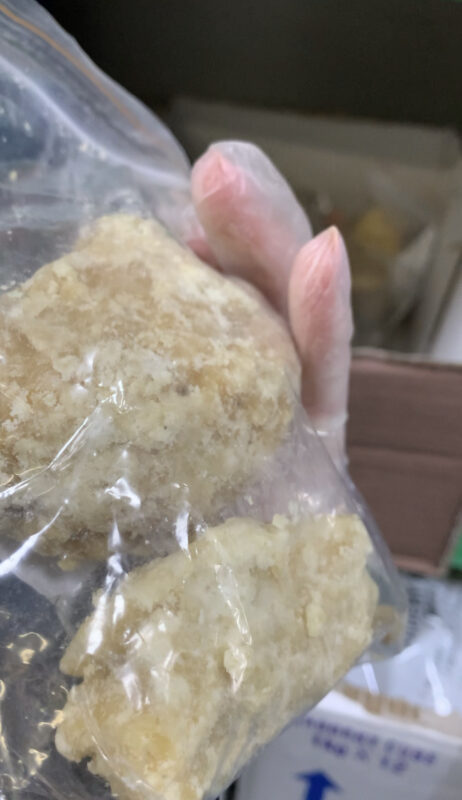
Jaggery (called Goor in Punjabi)
Jaggery is the sugar that is extracted from sugar cane before any refinement or processing.
It comes in a block (which is either rectangular or a cone-like shape), and is like a firm molasses. It has a honey-like smell and you have to cut off pieces from the block of jaggery to use it (the thickness of the blocks combined with its density means it is difficult to crumble off with your fingers).
Jaggery is used mostly for sweet items such as Cha (Punjabi tea), and Indian desserts.
The process for making Goor is relatively straight forward. Firstly, the sugarcane is harvested and then pressed to extract the juice. Then, it is simmered in a large pan – a foam/scum rises to the top which is then skimmed off and discarded. Once this has been done, the liquid is then transferred into a wide shallow pan, and further simmered. It is during this second simmering, that the goor is obtained. Once most of the liquid has evaporated off, and a thick mixture remains – this is goor. This is then divided into portions and shaped whilst it is warm. As it cools, it hardens / becomes firmer.
Below is a video showing The traditional process for making goor in the villages (this video shows goor being made in Peshawar. We chose this video as it is on the shorter side and gives good, clear footage of each of the processes).
Whilst goor is available across India, it is generally used more widely in the Northern and Central regions of India.
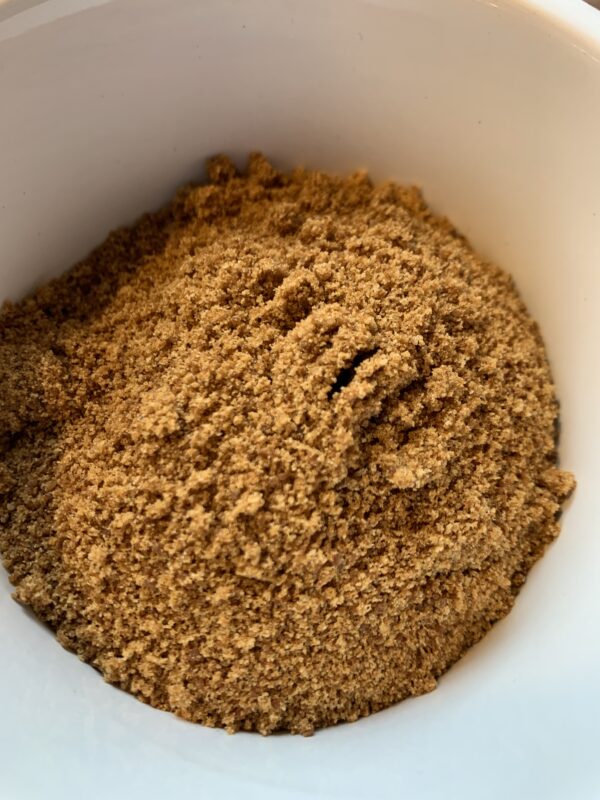
Palmyra Sugar (palm sugar)
Palmyra, or palm sugar, comes from palm trees and contains less glucose than sugar or honey. It also has a lower glycemic index than sugar or honey. Palmyra can come from any type of palm tree (ie. coconut palm sugar), so check the packaging of the brand your have found or bought, as some do specify.
Palmyra is made from the nectar of the flower of the palm tree. This nectar is extracted from the flowers, it is then simmered until most of the liquid has evaporated away. What is left is palmyra – palm sugar. This is shaped whilst it is still warm and then, once it cools, it becomes firmer / hardens.
Whilst palmyra can be found all over India, it is generally used more widely in Southern India, as well as in the Far East.
What might these look like when I go shopping?
If you are new to shopping in Asian grocers, or are trying to look for unrefined sugar online, here are some of the ones we get at our local Asian grocers.
Please note, this is not an ad and we are not affiliates of these companies
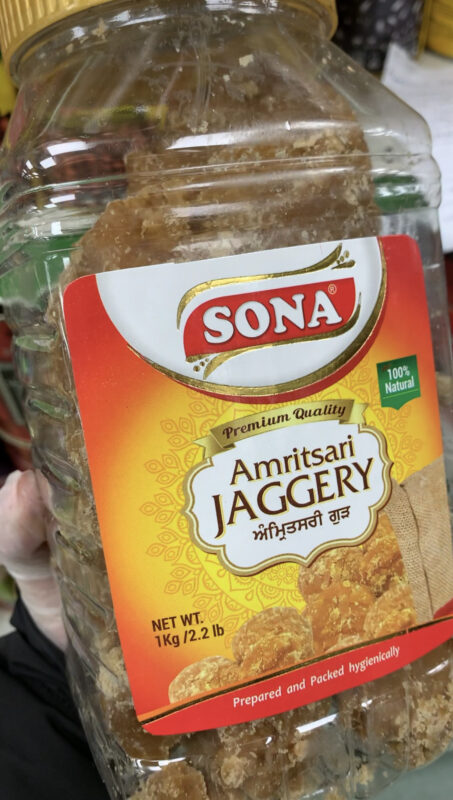
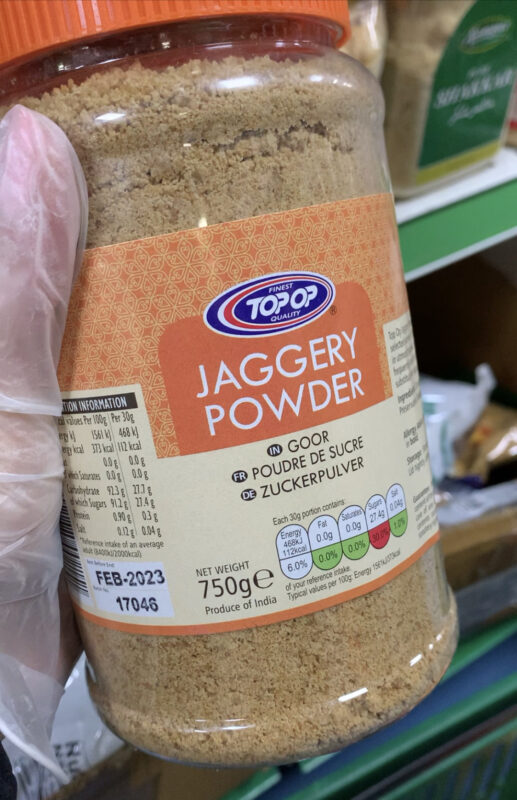
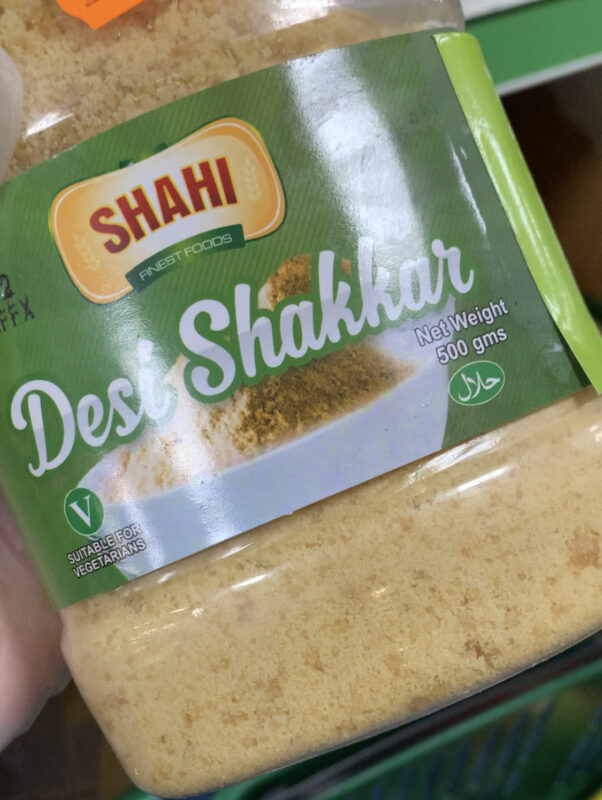
You can see that the colour and texture varies from one brand to another, and this is normal, as each harvest will be slightly different, and every manufacturer has their own way of preparing the sugar itself.
So, if you are looking to make a few healthy and natural changes in your diet, the type of sugar you are using in your everyday life may be a small change that could make a bit difference!
Please do give these natural sugars a try and let us know what you think!
